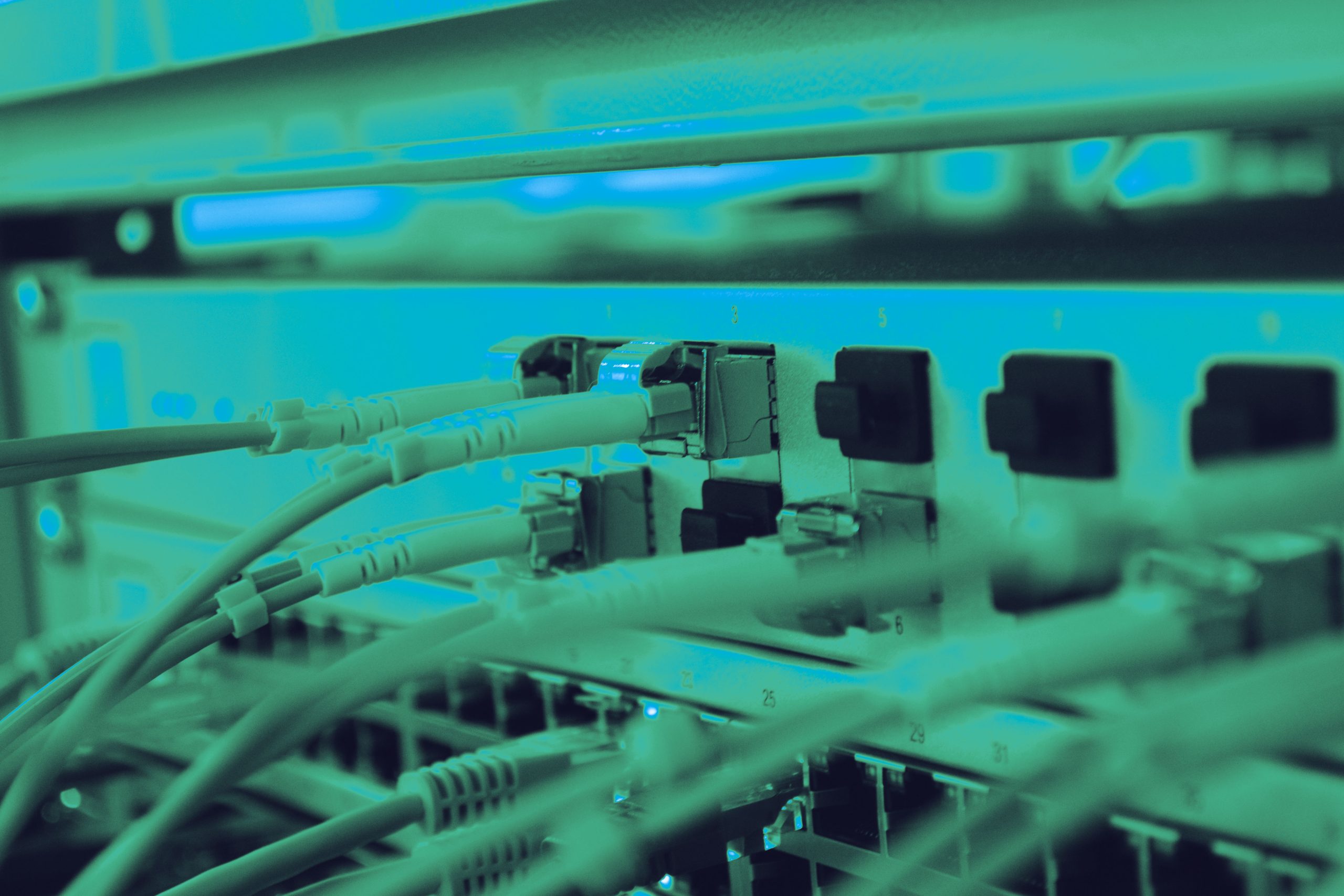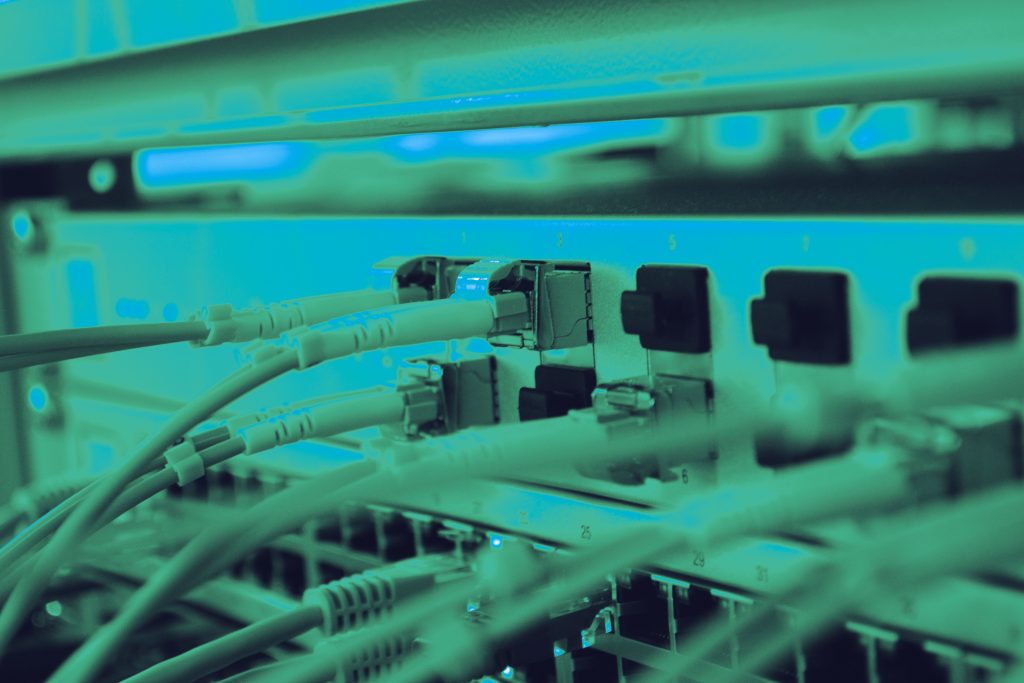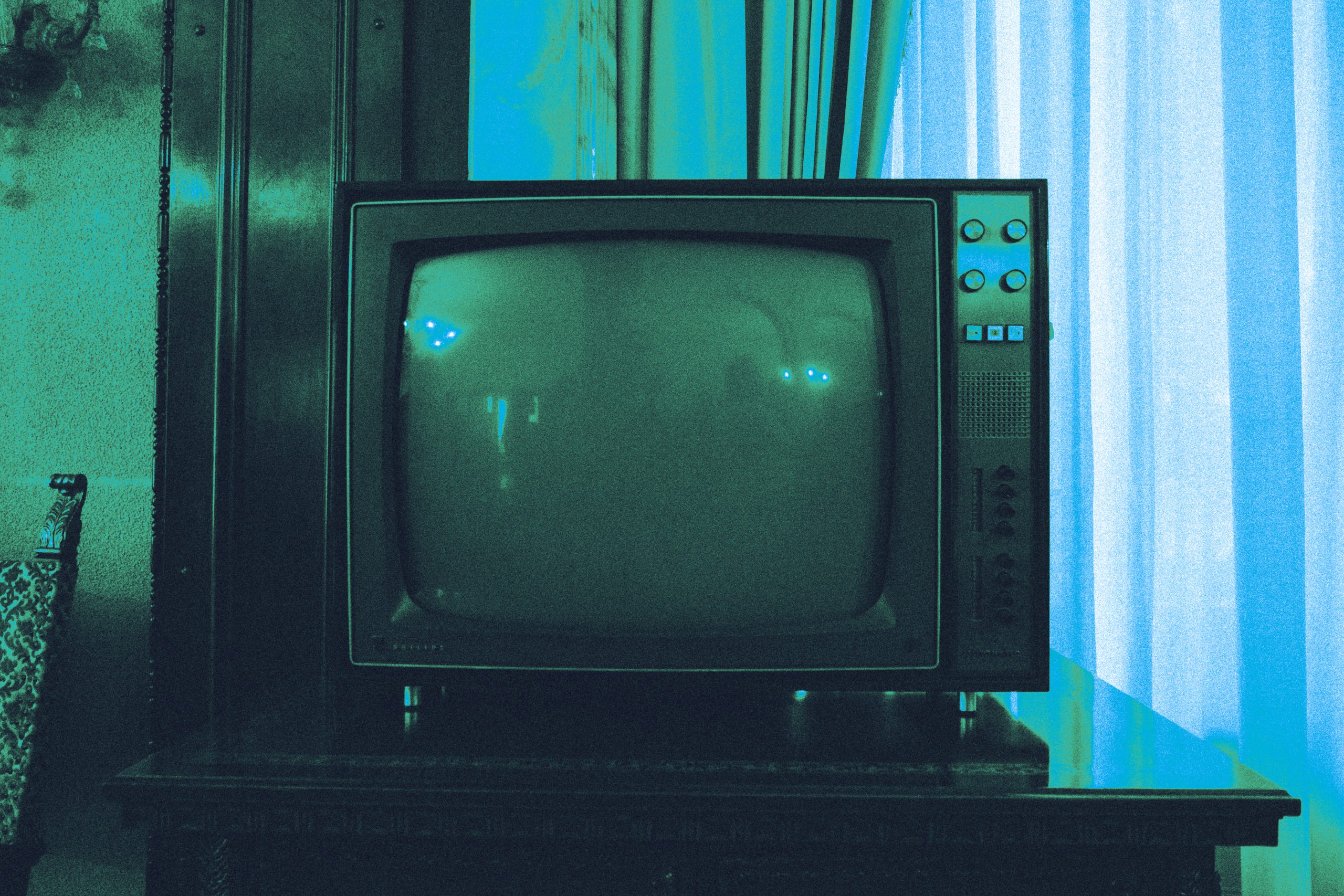As investment patterns have shifted through the Satellite & NewSpace industry, some people have called GEO satellite’s relevance into question. On Episode 10 of The Satellite & NewSpace Matters Podcast we spoke to Gregg Daffner, the CEO of GapSat, about the role of GEO satellites and how that can continue. Gregg is a well-known face in the industry who previously co-founded Asia Broadcast Satellite, before creating an innovative startup in a satellite industry that leases in-orbit satellites to satellite operators. Usually, this is until they can build their own custom satellite, but also provide additional capacity when internal crises occur. Here’s what Gregg told us about the future of GEO:
Non-geostationary satellites are the hot item of the moment. There’s no question that it’s on everyone’s minds. It’s sexy. It’s responsible for generating an enormous amount of interest in our industry. Elon Musk has almost single handedly rekindled excitement for people who are considering a career in space, communications, satellites and so forth. It’s one of the best things that’s happened in well over a decade. Bringing new blood and new interest into the industry is becoming a household discussion topic, and it’s really refreshing; it portends a bright future. I think that a lot of that is hype, though. Hype has a positive effect, but it’s also misled a lot of people as to what the future is going to look like. If you’re realistic, the truth is that for a substantial number of services, geostationary provision and infrastructure is still a much more cost effective way of delivering bits.
LEO is specifically good for low latency uses and for covering areas that are out of geostationary satellites’ reach. The furthest northern and southern latitudes, especially the poles, only have patchy service from GEO, but that’s not an issue for LEO and MEO satellites. If you’re a high speed trader on the stock market, there’s no question that you want to be doing something that’s the shortest fibre length and or the shortest stop to a satellite. LEO and MEO can provide that, but for a significant percentage of all the communication that is carried by satellite, that is not the principal driver. LEO is important geographically, and for certain kinds of services, and maybe for supercomputers that can’t have those delays, but for most things it’s a non-issue.
When it comes to cost efficiency, most users don’t need low latency, but they do need low costs. There are two factors in costing, which is antennas and infrastructure. Antennas are much more expensive, because they have to track speed and movement if you’re doing physical tracking, mechanical steering, etc, and that’s expensive. That’s where having GEO satellites is better. You only need three satellites and three orbital locations to cover the entire world (with the exception of the poles), with overlapping coverage. If you have three of them placed equidistantly around the globe, you can cover the entire Earth, with most locations capable of seeing two satellites. That gives you diversity routing, and removes issues of looking angles, and a blockage of buildings, mountains, trees, etc. To do the same thing with LEO, you need hundreds, maybe even thousands, of satellites, because they’re so close to the Earth.

The bottom line is that the infrastructure costs of building, launching, controlling and replacing all of those satellites is really high. That’s before you’ve even factored in the costs of potential pollution in space and the potential for unintended consequences like collisions. From what I can tell, between the additional costs for building, launching and operating a non-GEO system versus a GEO one, the costs are a magnitude greater for less capacity. If you’re looking at broadband, you’re going to be able to get a whole lot more stuff through a geostationary satellite than you can on smaller, lower-orbit satellites. The production of ground equipment like mobile phones and tracking antennas will probably never be as inexpensive as a GEO, because the LEO or MEO antenna would be able to communicate with a GEO satellite as well.
Satellite has the potential to provide communications where there is no terrestrial alternative. The three areas where that takes place are aeronautical, maritime and remote or rural areas. Anywhere there’s no cables is an area for satellites to step in. In the old days, communication satellites were used primarily for voice communication, and they were placed in the middle of oceans to connect the continents. As cables have been run, people have stopped focussing there for satellites. What was once the ideal location for them has shifted over to land masses, and less over water masses, because that’s where people are communicating and where broadcasters are distributing their signals.
When you’re talking about aeronautical and maritime, you’re not talking about where people are living and acting, but where they’re travelling. Suddenly, something which was a quaint idea has become a hot idea for the current day. In every part of our lives, the amount of broadband capacity we need access to is increasing, and the same is true for airlines and ships. When you position satellites mid-ocean, roughly 120 degrees apart, those three satellites have ideal coverage for both of those services, while also being able to reach the landmasses on the edges of those waters. Looking to the future, GEO isn’t going anywhere.
To hear more about Gregg’s work at GapSat and his take on the wider Satellite & NewSpace industry, tune into The Satellite & NewSpace Matters Podcast here.
We sit down regularly with some of the biggest names in our industry, we dedicate our podcast to the stories of leaders in the technologies industries that bring us closer together. Follow the link here to see some of our latest episodes and don’t forget to subscribe.










